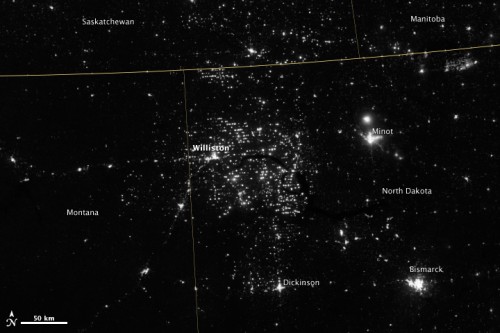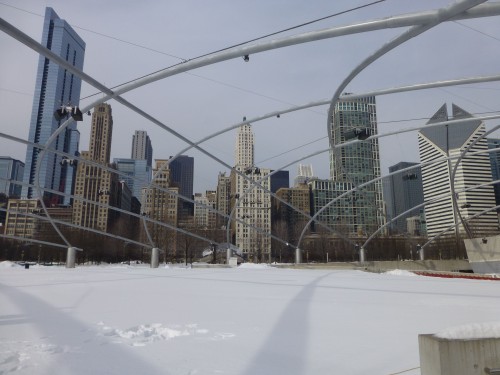Category Archives: AAAS Annual Meeting 2014
A question of responsibility
By Margaret Harris in Chicago
The first 45 minutes of Amy Smithson’s talk here at the 2014 AAAS meeting were interesting but not especially controversial. Smithson, a senior fellow at the Center for Nonproliferation Studies in Washington, DC, began by speaking about her role in combating the spread of nuclear, chemical and biological weapons over the past two decades, and how this made her persona non grata for both conservative Republicans and the Clinton White House during the 1990s. After drawing parallels between Iraq in the late 1980s and Syria today, she outlined some of the tactics that “bad guys” like Saddam Hussein and Bashar al-Assad have used to circumvent international weapons treaties and delay their enforcement.
At that point, Smithson changed tack. Warning that she was about to become “the skunk at the party”, Smithson turned her fire on the scientific community. Policy-makers, she observed, can’t make weapons of mass destruction on their own. For that, they need scientists, and over the past 60 years, “hundreds of thousands of scientists” have obliged by working on nuclear, chemical or biological weapons.
Bad weather? Blame Santa
By Margaret Harris in Chicago
If you’re fed up with floods in England, sick of snow in the US or mystified by mild temperatures in Scandinavia, blame it on Santa Claus. That’s the message coming from atmospheric scientist Jennifer Francis, whose “Santa’s revenge” hypothesis suggests that the weather weirdness that we’re currently seeing at middle latitudes could be linked to recent warming in the Arctic.
Francis’ theory begins with the polar jet stream, the high-altitude “river of air” that flows over parts of the northern hemisphere. This jet stream owes its existence to the temperature differential between the Arctic region and middle latitudes: because warm air expands, that temperature differential produces a “hill” of air with (for example) England at the top and Greenland at the bottom. The Earth’s rotation means that air doesn’t flow straight down this hill; instead, it curves around, producing the west–east flow seen in animations like the one in this video from the NASA Goddard Science Visualization Studio.
View all posts by this author | View this author's profile
Burning the midnight gas

The light from natural gas flares burning in North Dakota’s Bakken oil field can be seen from space. (Courtesy: NASA Earth Observatory)
By Margaret Harris in Chicago
The environmental risks of shale-gas production are real, but the things people worry about most aren’t necessarily the ones that cause the most damage. That was the message of this morning’s AAAS symposium on “Hydraulic Fracturing: Science, Technology, Myths and Challenges”, which featured talks on the social implications of hydraulic fracturing as well as the risks of water and air contamination.
Hydraulic fracturing, or “fracking”, involves drilling a well and filling it with a high-pressure mixture of water and other chemicals. These high pressures cause nearby rock formations to fracture, releasing trapped oil and gas. According to the first speaker, energy consultant David Alleman, fracking and horizontal drilling have “revolutionized the energy picture in the US”: a few years ago, the country imported 60% of the oil it consumed, but today the figure is just 30%.
Cold city, hot science

Downtown Chicago rises above a snowy Grant Park.
By Margaret Harris in Chicago
It’s ice cold outside (–16 °C the last time I checked), but Chicago is still a hot ticket for scientists this week as the capital of the American Midwest prepares to host the 2014 meeting of the American Association for the Advancement of Science (AAAS).
As usual, there are plenty of fascinating talks planned for the meeting, which runs from today through Monday. Looking through the schedule just now, I’m pretty sure I could fill all five days with seminars on scientific entrepreneurship, policy and communication – although if I did, I’d miss out on some great physics topics such as dark-matter detection, quantum cryptography and next-generation materials for batteries. Which would be a shame.
I’ll be posting regular updates throughout the conference here on the physicsworld.com blog, and I’ll also be live-tweeting a few of the talks (only the really interesting ones, I promise) as @DrMLHarris on Twitter. So check back soon for more on the 2014 AAAS meeting.
View all posts by this author | View this author's profile